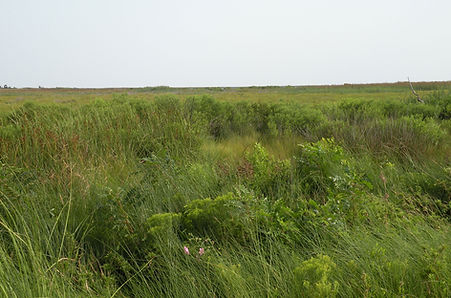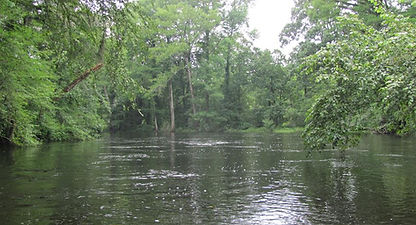
The Floodplain Forest
In the floodplain forest, hundreds of birds and other animals enjoy to call it their home. However, these animals are in grave danger. The floodplain forest has scarce resources which many birds and other animals need, and most of the resources can not be found in other habitats. The largest threats to the wetlands falls to the development of nearby areas which diverts and takes away the water from the ecosystems. The development can alter the hydrological cycle which helps sustain the ecosystem, and development can also lead to direct habitat fragmentation. The most significant damage is caused by the dams that are created which do not allow enough water to pass through and disrupt the cycle of the floodplain forests. These threats can be of harm to many of the wildlife in the area such as amphibians and other mammals.
Not only will the biodiversity be significantly damaged, other populations will be affected because of the mass amount of species that would be damaged from the failure of the floodplain forests. The domino effect would set off irreversible aftereffects that could affect entire regions. Most of this damage can be stopped by the regulation of when people can turn the floodplain pools into other structures, and by the regulation of how much water is taken. As of right now, the pools are drying up because too much water is diverted altered mainly by the use of dams. The structures that are taking water also cause floods to be less frequent and severe so these pools are not being filled as well. Floodplain forests are a major factor in water quality and act as water purifiers as well as a source of nutrients, so saving the floodplain forests should be a priority. Removing wetlands releases carbon into the atmosphere thus causing more global warming.
The floodplain forest acts almost like a water purifier because it takes in water that has excess nutrients and the wetland removes the excess nutrients. This helps agriculture because they don't have to worry as much about their fertilizer runoff because the wetlands filter the water, and the wetlands then put more nutrients in the soil which could be used for agriculture. Wetlands also provide trees which are good for logging, while acting as a flood control, sort of the same way that a sponge absorbs water, the wetland absorbs the excess water. The wetlands perform sequestration which means that they trap carbon and undecomposed matter under the soil which helps lower the amount of carbon in the atmosphere, while also promoting and helping the other cycles, such as the nitrogen and phosphorous cycle.
The Floodplain Forests can also be used as recreational areas for biking or hiking. Without the wetlands, floods could be a lot worse, water would not be naturally filtered, cycles and populations would be messed up, and North Carolina would lose some beautiful recreational areas. Lastly, the Floodplain Forests are sources for timber. For example, “New York City found that it could avoid spending USD$3-8 billion on new wastewater treatment plants by investing USD$1.5 billion in the purchase of land around the reservoirs upstate. This land purifies the water supply for free.” North Carolina is no exception, we could be saving money by helping save the wetlands.



